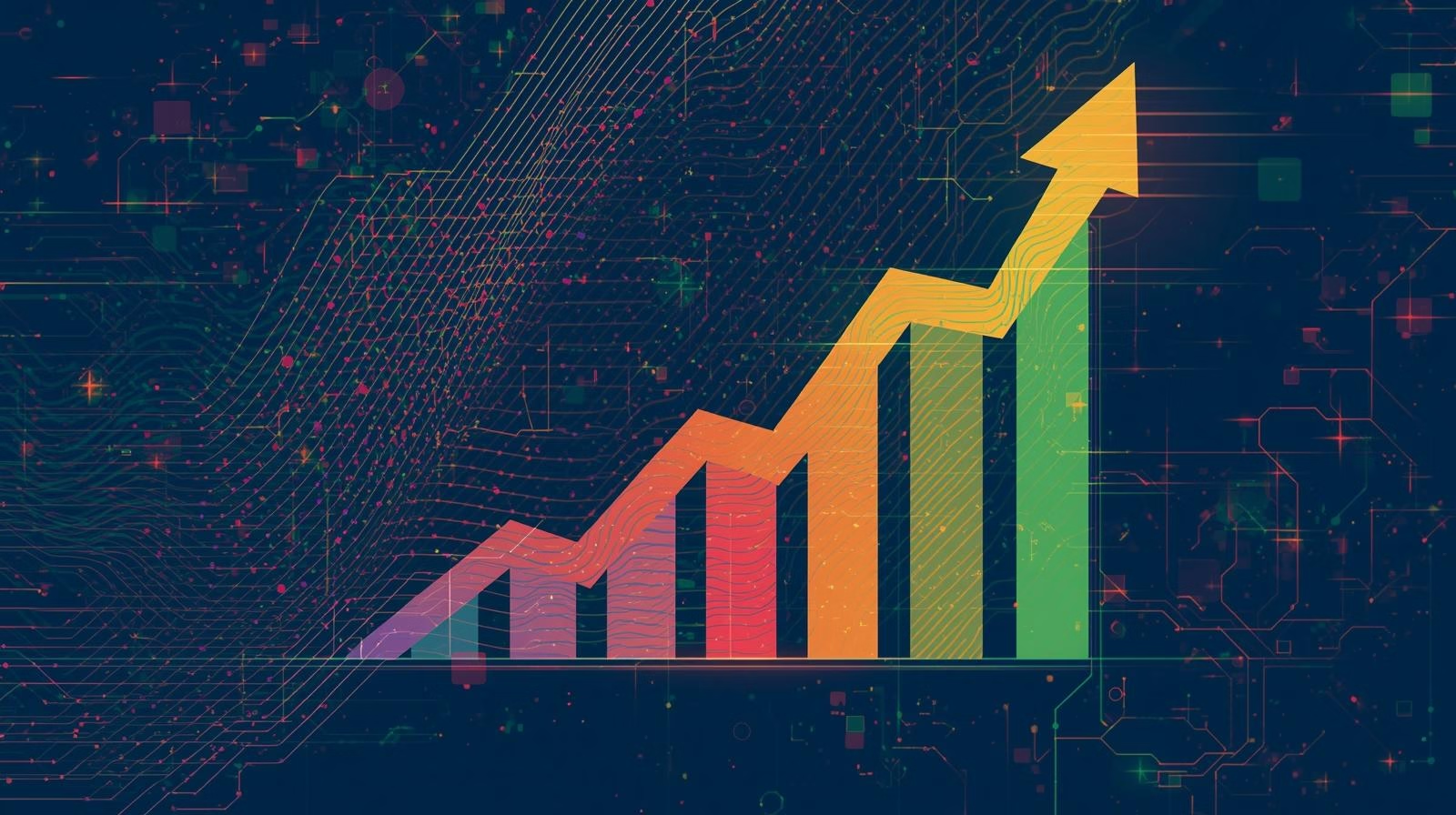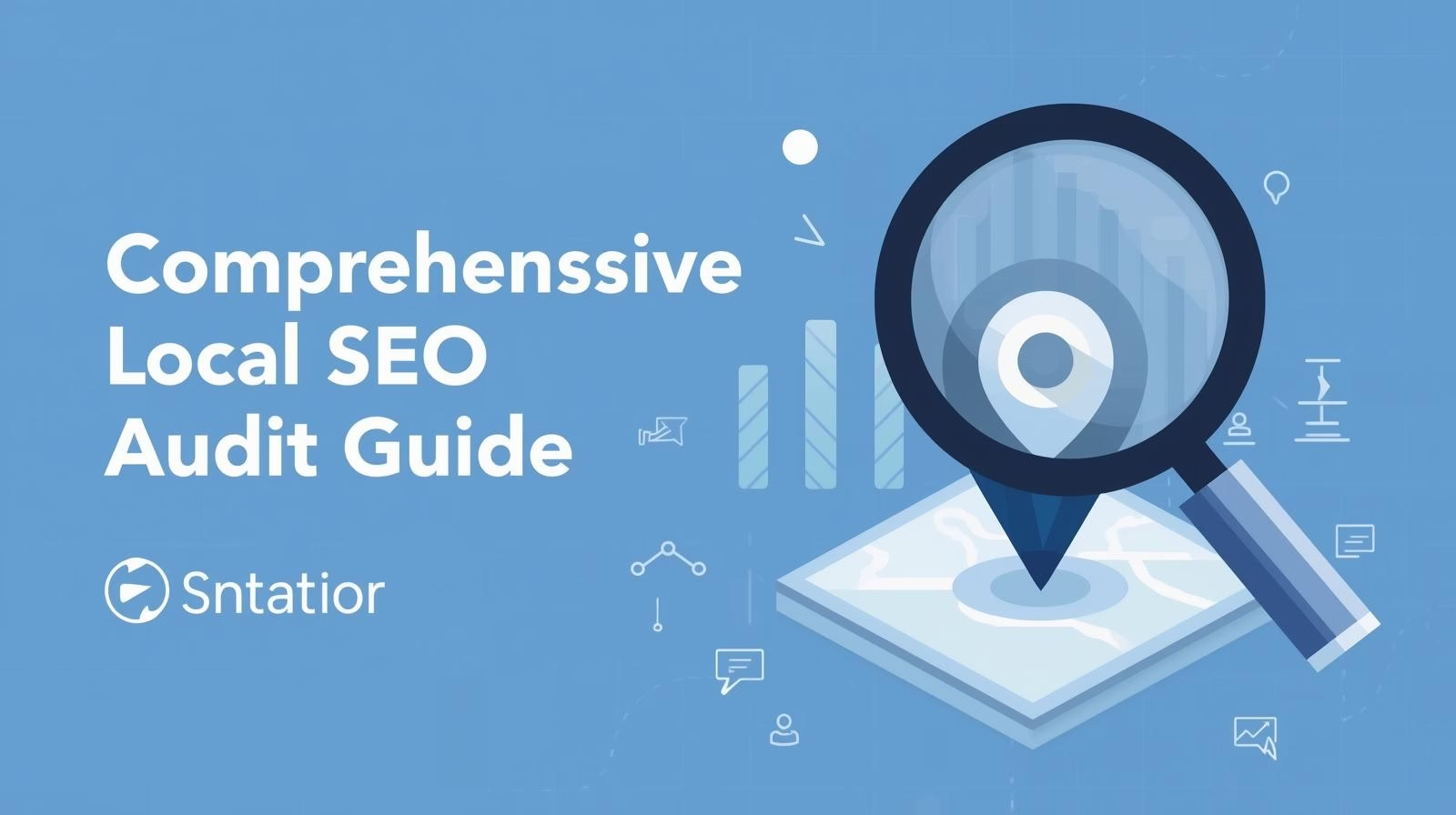Every business dreams of continuous growth not just a temporary spike in revenue or traffic. But growth that is inconsistent or dependent on short-term tactics is fragile. What companies need is a sustainable growth engine, a system that consistently drives customers, revenue, and brand authority over time.
In this article, we’ll explore what a sustainable growth engine is, why it’s crucial, and the actionable steps to build one.
What Is a Sustainable Growth Engine?
A sustainable growth engine is a repeatable, scalable system that fuels your business growth over time. Unlike one-off marketing campaigns or viral hits, a growth engine is built on long-term strategies that compound results.
Key characteristics include:
- Predictability: You can forecast growth based on your engine’s inputs.
- Scalability: The system can grow as your business grows.
- Repeatability: It delivers consistent results without reinventing the wheel each time.
- Resilience: Growth isn’t dependent on a single channel, ad, or trend.
Think of it as the engine that powers your business: once built, it runs 24/7, attracting leads, converting customers, and generating revenue.
Why Every Business Needs a Growth Engine
Businesses without a growth engine often struggle with:
- High customer acquisition costs
- Dependence on volatile trends or ads
- Slow or inconsistent revenue growth
- Difficulty scaling operations
A sustainable growth engine solves these challenges by creating systematic, repeatable processes across marketing, sales, product development, and customer experience.
Components of a Sustainable Growth Engine
1. Customer Acquisition
This is the first stage of your engine bringing in new leads.
- Organic search (SEO): Attract high-intent users through content and optimized website pages.
- Paid marketing: Strategically invest in ads that deliver measurable ROI.
- Referral programs: Encourage happy customers to bring in new users.
2. Lead Nurturing & Conversion
Getting leads is only half the battle. A sustainable engine converts them efficiently:
- Automated email sequences for onboarding and follow-ups
- Personalized content marketing targeting different buyer personas
- CRM systems to track interactions and prioritize high-potential leads
3. Retention & Customer Success
Repeat business fuels sustainability. Focus on:
- Delivering excellent customer service
- Loyalty programs and membership perks
- Product updates, newsletters, and personalized recommendations
4. Data & Analytics
A growth engine must be measured, optimized, and iterated:
- Track KPIs like CAC (Customer Acquisition Cost), LTV (Lifetime Value), and churn rate
- Use analytics to spot bottlenecks and growth opportunities
- Regularly test campaigns, messaging, and funnels
5. Scalable Infrastructure
Sustainable growth requires robust systems:
- Marketing automation tools
- Reliable website and hosting solutions
- Scalable product fulfillment or service delivery processes
Building Your Sustainable Growth Engine: Step by Step
Step 1: Define Your Growth Goals
- Are you aiming for revenue growth, market expansion, or brand awareness?
- Set SMART goals: Specific, Measurable, Achievable, Relevant, and Time-bound.
Step 2: Identify Core Channels
Focus on channels that deliver the highest ROI.
- SEO for long-term visibility
- Paid ads for quick traction
- Social media for brand awareness
- Email marketing for nurturing and retention
Step 3: Create Repeatable Processes
Document processes for:
- Content creation and publication
- Lead nurturing and follow-ups
- Customer onboarding and engagement
Step 4: Implement Analytics & Reporting
Use dashboards to monitor:
- Website traffic and organic rankings
- Conversion rates per channel
- Customer behavior and engagement
Step 5: Optimize & Iterate
A growth engine isn’t static:
- Regularly review what’s working
- Optimize underperforming campaigns
- Scale successful tactics across channels
Examples of Sustainable Growth Engines
- HubSpot: Leveraged inbound marketing, free tools, and education content to attract, convert, and retain customers.
- Airbnb: Used SEO, social media, referral programs, and localized content to expand globally.
- Dropbox: Built a referral engine where users invited friends, creating exponential growth.
The common thread? Repeatable systems that attract, convert, and retain customers over time.
Benefits of a Sustainable Growth Engine
- Predictable revenue: Forecast growth with data-driven insights
- Lower acquisition costs: Organic channels reduce dependency on ads
- Scalable operations: Systems can handle growth without chaos
- Long-term competitiveness: You’re prepared for market shifts and trends
Final Thoughts
A sustainable growth engine transforms your business from reactive to proactive. It allows small startups to compete with larger corporations, and it gives established companies the ability to scale efficiently.
If your business depends on one-off campaigns or sporadic sales, now is the time to build your growth engine. Focus on repeatable processes, data-driven decisions, customer retention, and scalable infrastructure.
✅ Remember: Sustainable growth is a marathon, not a sprint but with the right engine, you’ll keep accelerating forward, year after year.


